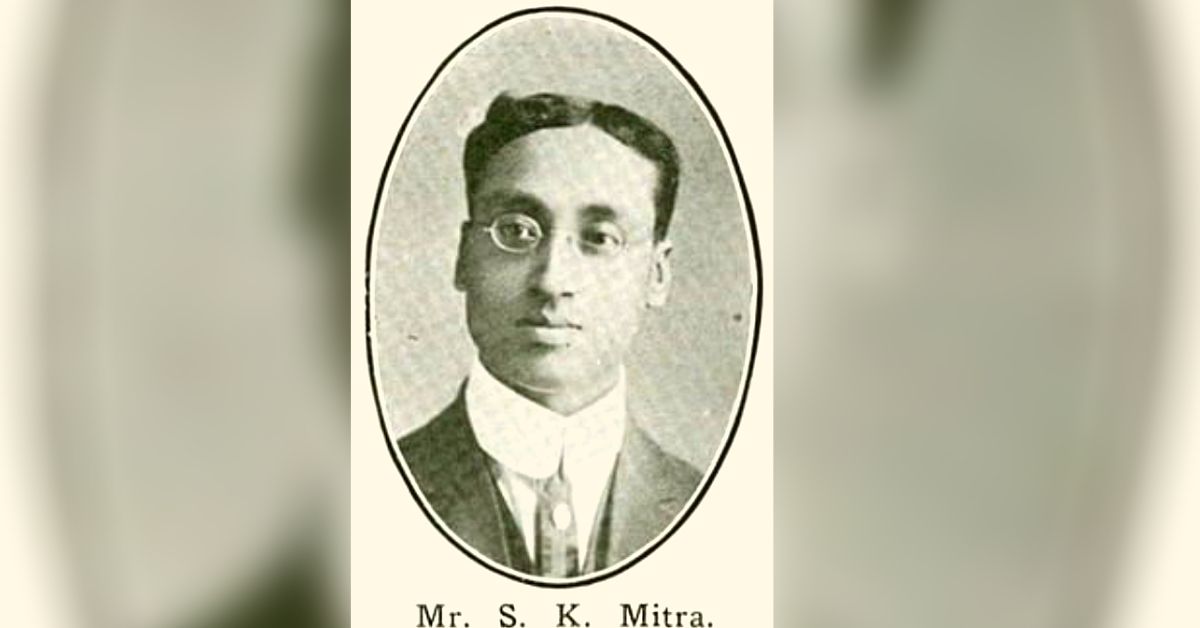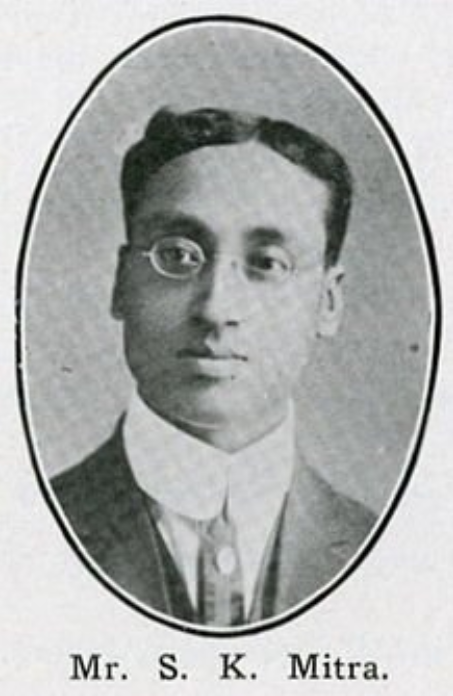Did You Know a Crater on The Moon is Named After This Legendary Bengali Physicist?
Other famous scientists who have their names etched on the moon are Dr Vikram Sarabhai, American astronomer Daniel Kirkwood and German physicist Arnold Sommerfeld.

Last Friday, the Chandrayaan-2 took photos of various craters on the moon while it was flying over its north pole.
One of the craters it scanned over was a lunar impact crater named Mitra, after the noted Indian physicist, Sisir Kumar Mitra.
It was the Working Group for Planetary System Nomenclature (WGPSN), an arm of the International Astronomical Union (IAU), which named the crater after Mitra in 1970.
The Action For Aqua Board Game is made of upcycled materials, and encourages children to learn and to be environmentally conscious in a fun and immersive way.
Other famous scientists who have their names etched on the moon are Dr Vikram Sarabhai, American astronomer Daniel Kirkwood and German physicist Arnold Sommerfeld.
Lunar surface images released by @isro showing craters Jackson, Mach, Korolev and #Mitra ?
Crater #Mitra is named after Prof. Sisir Kumar Mitra, who was an Indian physicist known for his pioneering work in the field of Ionospheric Science & Radio Technology ?#Chandrayaan2 ?? pic.twitter.com/A3SEVddlss— ALL INDIA RADIO (@AkashvaniAIR) August 27, 2019
So, who is Sisir Kumar Mitra?
Considered to be the doyen of radio science in India, Mitra is known for his seminal work on the ionosphere, which plays a major role in long-distance radio communication.

Born on October 24, 1890, in Calcutta (Kolkata), to a school teacher and doctor, he graduated from Presidency College, where he encountered the two pioneers of modern scientific research in India—JC Bose and PC Ray.
Following his MSc, he worked with Jagdish Chandra Bose, but unable to get a fellowship, he enrolled as a lecturer in a small-time college to support himself.
In 1916, he was invited by Sir Ashutosh Mukherjee, the then Vice-Chancellor of the Calcutta University, to return as a post-graduate physics scholar in the new University Science College. There, he researched the diffraction and interference of light under CV Raman.
For this work, Mitra gained a D.Sc. degree, and in 1920 he left for the University of Sorbonne in Paris under the guidance of French physicist Charles Fabry, an authority in the field of optics and spectroscopy. Following this, he worked under Marie Curie at the Institute of Radium.
His scientific endeavours, however, took a dramatic turn at his next research gig under Professor Camille Gutton, who was then working on radio wave circuits in the Institute of Physics at the University of Nancy, Paris.
It’s here when Mitra decided to dedicate his life to researching radio science.
“Sisir Kumar Mitra’s decision to change over to radio research was undoubtedly a bold one. Radio was then a newborn science still in its teething stage. It had not found a place in the curriculum of any of the Indian universities, not to speak of research facilities in the subject. Mitra recognized this difficulty but was not deterred,” writes JN Bhar, who was a research scholar under Professor Mitra.
Mitra eventually returned to Calcutta in 1923 and was appointed the University’s Khaira Professor of Physics.
Eventually, with Mukherjee’s support, he introduced a Wireless course as an elective in the Physics MSc curriculum and established a wireless laboratory for research in electron tubes and radio wave propagation.
“To have an understanding of the significance of Mitra’s work, one should have an idea of the ionosphere and what was the status of its understanding when Mitra started his work. The ionosphere is a region of the upper atmosphere which extends from 60 km to several thousand kilometres above the earth. It reflects short radio waves, enabling transmission to be made around the curved surface of the earth by sky waves, and its presence is vital for long-distance radio communication. All regions of our atmosphere are defined in terms of ionization, temperature and composition,” adds the Vigyan Prasar description.
In 1926, Mitra was able to transmit radio programmes from his laboratory at the University College of Science.
“It was for the first time, that an amateur radio station was broadcasting regular programmes in India until the Indian Broadcasting Company was formed in 1927, which was later designated as All India Radio,” notes a paper published in the peer-reviewed journal Current Science.
His book ‘Upper Atmosphere’, which was published in 1947, remains the gold standard for those researching the ionosphere.
“In the 1950s, he advocated space research and high altitude rocket research programmes which had been successfully conducted by the US and USSR. Soon after his death in 1963, India set up rocket and launching stations near the geomagnetic equatorial line, and a large number of rockets and satellites were fired, bringing invaluable information of the upper atmosphere and beyond,” notes this article in the Mint.
For his amazing contributions to the sciences, Mitra was elected a Fellow of the Royal Society in 1958, and received the Padma Bhushan, four years later.
Unfortunately, a year later, on August 13, 1963, he passed away.
A pioneer in the field of Ionospheric Science and Radio Technology, several advancements India has made in telecommunications and space research wouldn’t have been possible without the efforts of doyens like Sisir Mitra. His legacy looms large even today.
Also Read: Chandrayaan-2: Meet the Women Steering India’s Rs 1,000 Cr Mission to Moon
(Edited by Gayatri Mishra)
Editor’s Note: An earlier version of this article mistakenly credited ISRO with naming the crater after Mitra in the headline. The error is deeply regretted. The article has been updated with the correct headline.
Like this story? Or have something to share? Write to us: [email protected], or connect with us on Facebook and Twitter.
If you found our stories insightful, informative, or even just enjoyable, we invite you to consider making a voluntary payment to support the work we do at The Better India. Your contribution helps us continue producing quality content that educates, inspires, and drives positive change.
Choose one of the payment options below for your contribution-
By paying for the stories you value, you directly contribute to sustaining our efforts focused on making a difference in the world. Together, let’s ensure that impactful stories continue to be told and shared, enriching lives and communities alike.
Thank you for your support. Here are some frequently asked questions you might find helpful to know why you are contributing?


This story made me
-
97
-
121
-
89
-
167











